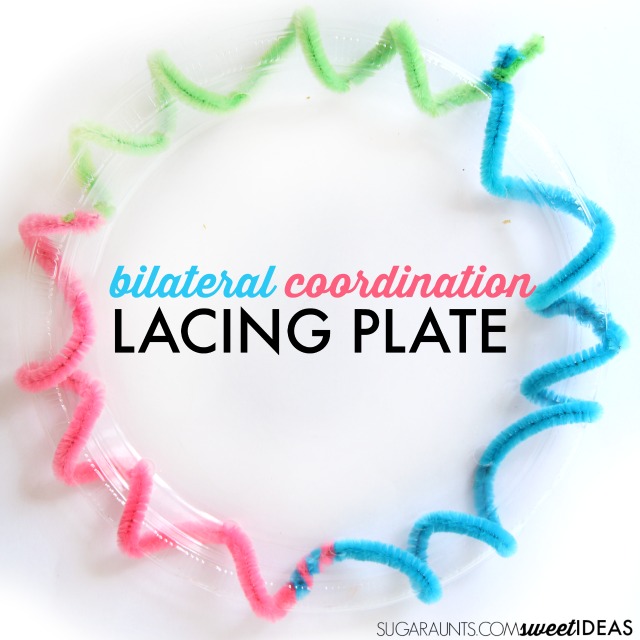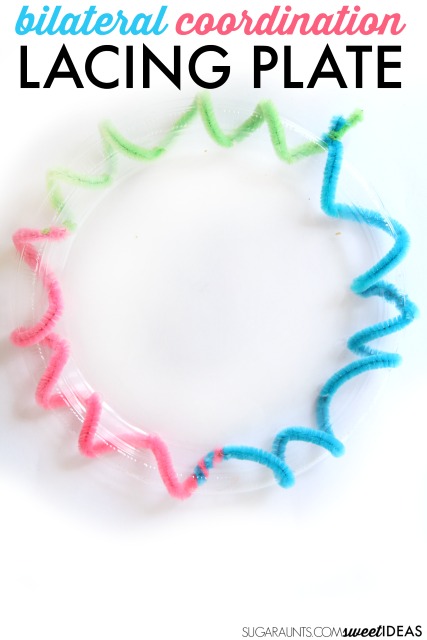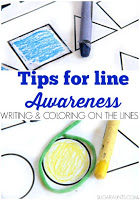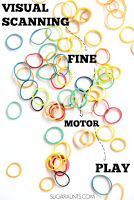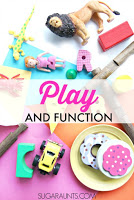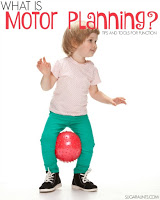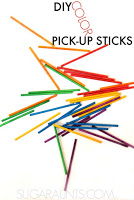Why is bilateral coordination important?
When bilateral coordination or bilateral integration is intact and progressing appropriately through development, it is an indicator that both sides of the brain are communicating effectively and sharing information during functional tasks.
Younger toddlers and babies can be observed using both hands in play as they pick up objects in their line of sight. However, they typically will pick up items with the hand that is closest to the object or toy.
As toddlers progress in development, they will begin to establish a dominant hand and crossing midline. This ability to utilize a dominant hand and a non-dominant hand in activities indicates a maturation of the brain and lateralization in functional tasks, which is very important for motor planning, directionality, and visual motor skills.
Symptoms of poor bilateral coordination skills can present in a variety of ways in the classroom, fine motor tasks, or functional tasks.
Bilateral Coordination Activity with Plate Lacing
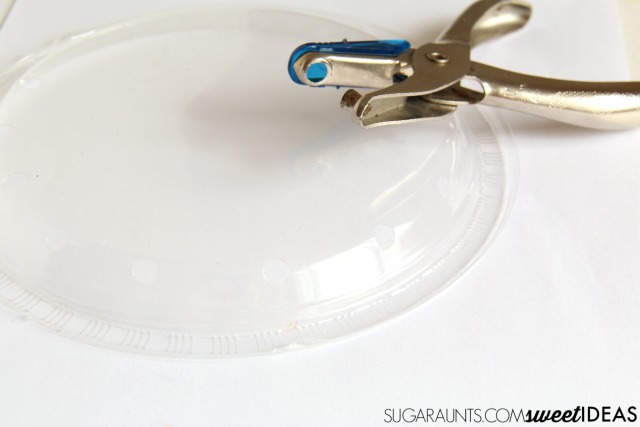

Why Work on Bilateral Coordination?

